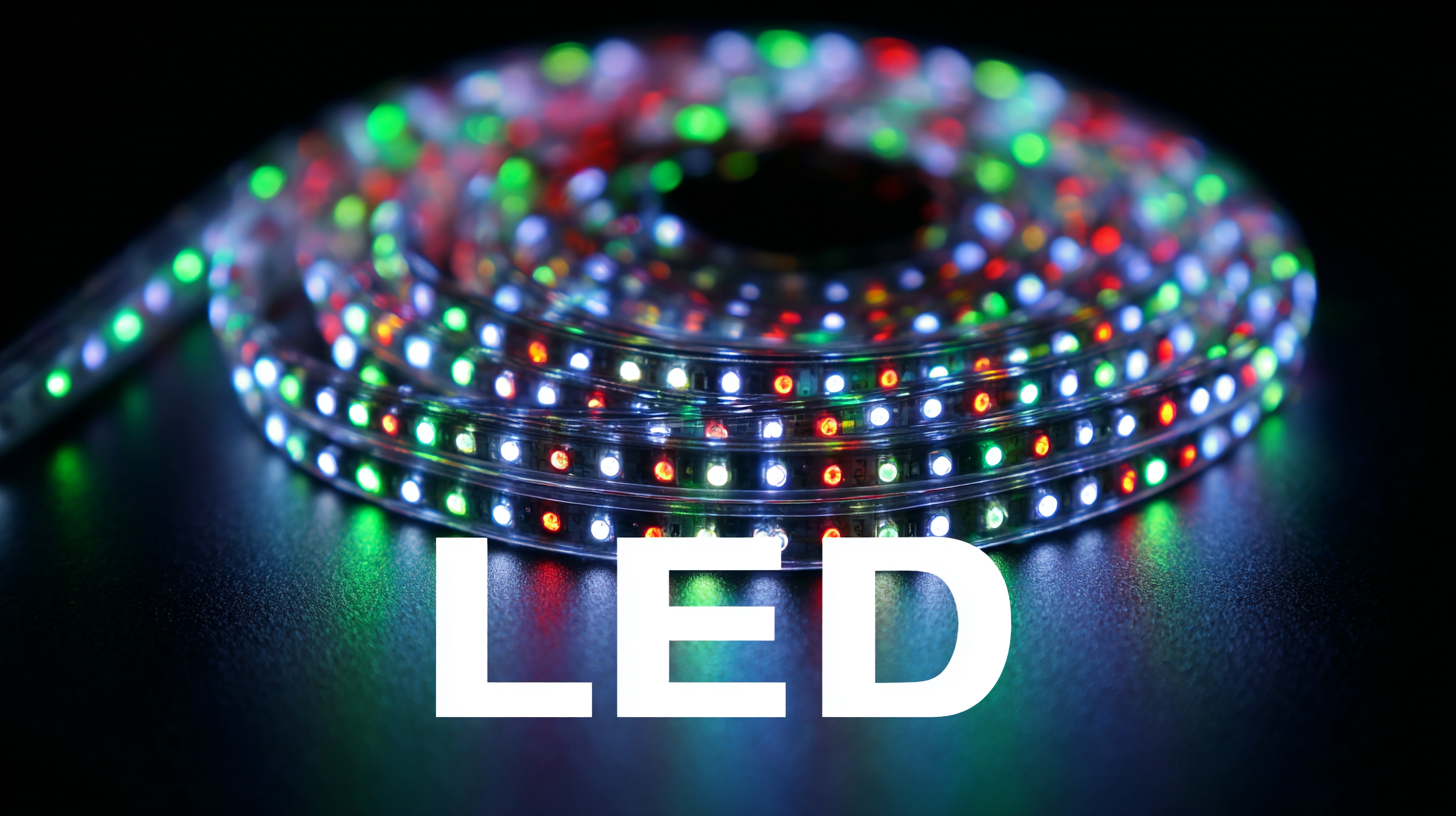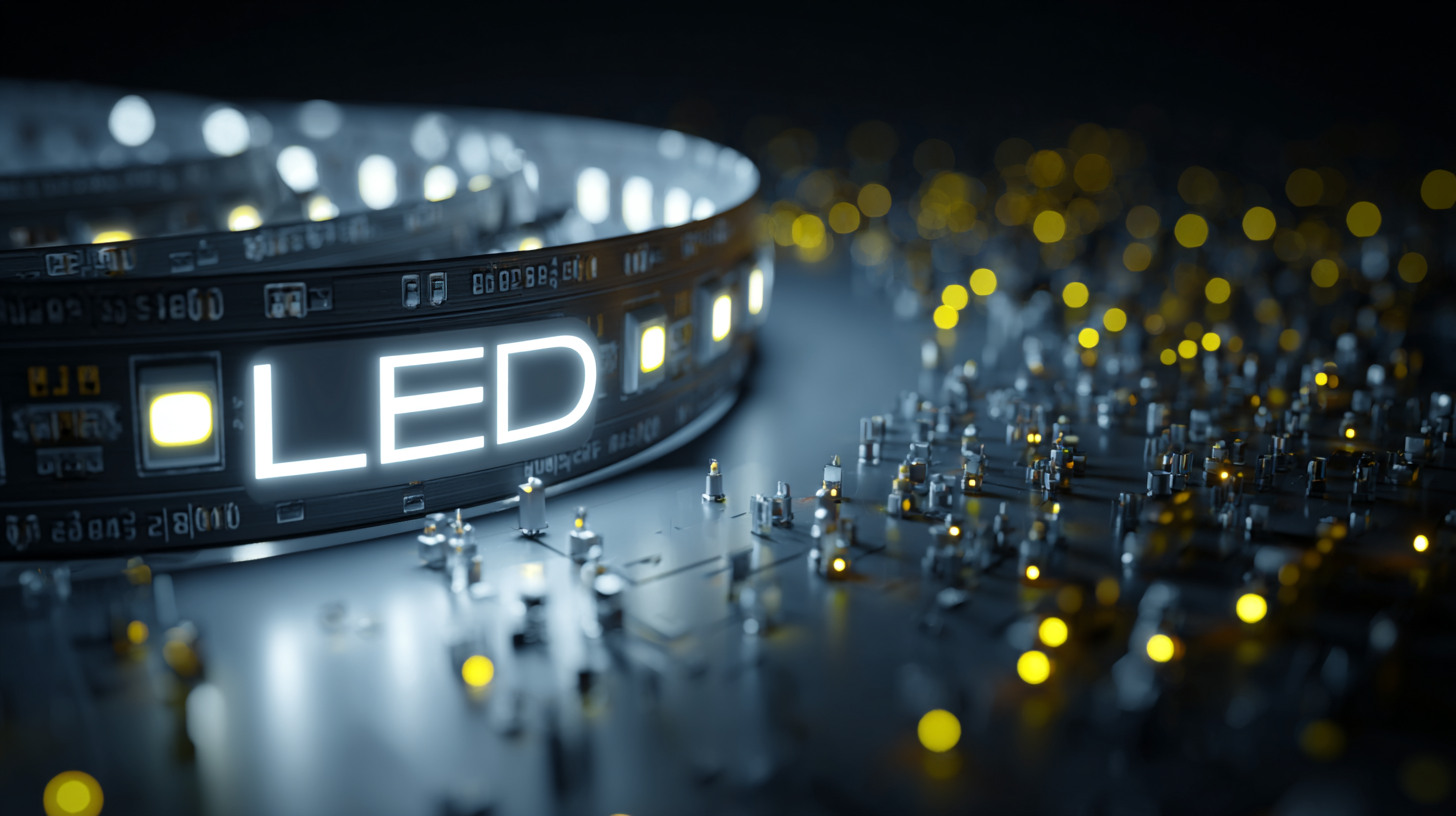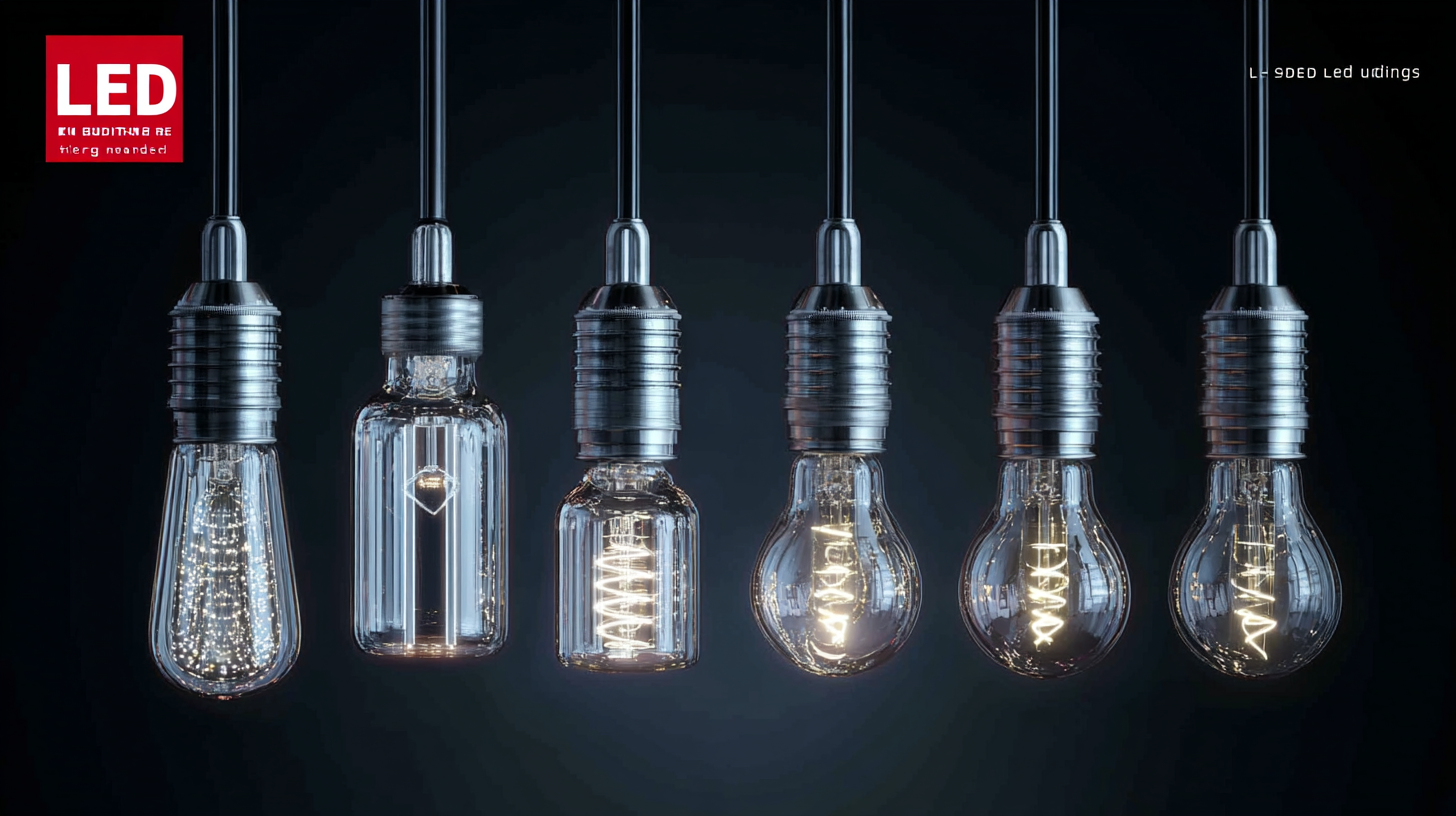How to Choose the Best Led Lighting for Cost Efficiency and Sustainability in Global Markets
As global markets increasingly prioritize sustainability and cost efficiency, the significance of LED lighting cannot be overstated. According to a report by the International Energy Agency (IEA), the adoption of LED lighting could reduce global electricity consumption for lighting by 50% by 2030, saving over 2,700 terawatt-hours annually. Furthermore, a study by the U.S. Department of Energy projects that by 2025, LED lighting could dominate the market, accounting for up to 75% of all fixtures sold. These data points underscore the transformative potential of LED technology in driving both economic savings and environmental benefits. As businesses and consumers navigate the options available in the lighting market, understanding how to select the best LED lighting solutions that align with cost efficiency and sustainability goals has never been more critical.

Factors Influencing Cost Efficiency in LED Lighting Selection for Global Markets
When selecting LED lighting for cost efficiency and sustainability in global markets, several factors come into play. Firstly, the dynamic of social influence on consumption choices cannot be underestimated. Consumers are increasingly swayed by peer recommendations and social media trends, which can affect their perceptions of quality and value in LED products. This means that brands focusing on building strong online communities or positive social presence are more likely to gain consumer trust and drive sales.
Additionally, the environmental considerations surrounding LED manufacturing and disposal are crucial. With the global push for renewable energy and sustainability, organizations are investigating ways to minimize resource consumption and reduce carbon footprints. The integration of lifecycle assessments in product development can lead to smarter resource allocation, benefiting both cost efficiency and environmental sustainability. By prioritizing suppliers who demonstrate commitment to sustainable practices, buyers can make informed decisions that align with their values, thereby fostering a more conscious consumption environment in the global markets.
Understanding Global Certification Standards for LED Lighting Products
When selecting LED lighting for cost efficiency and sustainability in the global market, it's crucial to understand the various certification standards that ensure quality and environmental responsibility. Recent initiatives, like the updated DarkSky Approved Luminaires program, emphasize the importance of choosing lighting solutions that minimize light pollution. These third-party certified fixtures not only enhance energy efficiency but also contribute to a healthier nighttime ecosystem by reducing adverse effects on wildlife and our environment.
Communities worldwide are adopting measures to achieve certification under programs aimed at promoting dark skies. For example, the town striving for recognition as a "Dark Sky Place" highlights a collective commitment to safeguard the night environment against light pollution. By investing in high-quality, certified lighting, these communities can enhance their aesthetic appeal while fostering a sustainable approach to outdoor illumination. As consumers grow more conscious of their environmental impact, selecting certified LED products that align with global sustainability standards becomes an essential aspect of responsible purchasing.
Cost Efficiency of LED Lighting Across Different Regions
Analyzing the Environmental Impact of LED Lighting: A Sustainability Perspective
The environmental impact of LED lighting is significant, particularly when viewed through the lens of sustainability. According to the Department of Energy (DOE), solid-state lighting technologies, such as LEDs, can use up to 75% less energy than traditional incandescent bulbs, which drastically reduces greenhouse gas emissions. In fact, if all Americans switched to LED lighting, the nation would save over $30 billion annually in energy costs and prevent the emission of 100 million metric tons of carbon dioxide per year, equivalent to the annual emissions of 21 million cars.

Moreover, LEDs contribute to a decrease in environmental toxicity, as they contain no mercury, a hazardous element found in many traditional light sources. The Global Lighting Association reports that LED technology has a significantly longer lifespan, lasting up to 25 times longer than incandescent lights. This longevity results in fewer replacements and reduced waste, creating a less harmful impact on landfills. With the global market increasingly shifting towards energy-efficient solutions, LED lighting stands out not only for its cost efficiency but also for its critical role in fostering a more sustainable future.
Top 5 LED Lighting Technologies Optimizing Cost and Energy Savings
When it comes to selecting the best LED lighting technology for both cost efficiency and sustainability, understanding the various options available is crucial. Here are the top five LED lighting technologies that stand out for optimizing energy savings and minimizing costs.
First on the list are **Smart LED Bulbs**, which not only offer exceptional energy efficiency but also allow users to control lighting remotely via smartphone apps. This capability means you can reduce energy waste by ensuring lights are only on when needed.
**Tip:** Consider investing in smart LED bulbs with scheduling features to automate your lighting and further reduce energy consumption.
Next, **Linear LED Fixtures** prove to be an excellent choice for commercial spaces due to their long lifespan and low maintenance costs. They provide consistent lighting while consuming significantly less energy compared to traditional fluorescent options.
**Tip:** Choose fixtures with integrated motion sensors to maximize energy savings—lights can automatically turn off in unoccupied areas.
Finally, **High-Quality LED Retrofits** can transform existing lighting systems. These retrofits adapt traditional fixtures to LED tech without needing a complete overhaul, making them both cost-effective and efficient.
**Tip:** Look for retrofits that are compatible with your current dimming systems to ensure a seamless transition and enhanced energy control.

Market Trends in LED Lighting: Innovations Driving Sustainability and Efficiency
The landscape of LED lighting is rapidly evolving, driven by innovations that emphasize both sustainability and cost efficiency. According to a recent report by the International Energy Agency (IEA), transitioning to LED lighting can reduce electricity consumption for lighting by up to 50%, which not only lowers utility bills but also significantly decreases carbon footprints. One notable trend is the integration of smart lighting systems, which use sensors and IoT technology to optimize energy usage. These systems can further enhance efficiency, promoting both sustainability and savings in global markets.
To choose the best LED lighting for your needs, consider the following tips:
- First, assess the lumen output and color temperature that suit your space requirements. Higher lumen output per watt indicates better efficiency.
- Second, opt for products that are certified by reliable energy standards, such as ENERGY STAR, which guarantees a level of performance and environmental responsibility.
- Finally, keep an eye on manufacturers that are investing in sustainable materials and recycling programs, as these practices reflect a commitment to environmental stewardship.
Market trends indicate a growing consumer preference for eco-friendly products, with a report from MarketsandMarkets projecting that the global LED market will reach $100 billion by 2025. This surge is attributed to increased awareness around sustainability and the long-term economic benefits of LED technology. Companies that adapt to these trends stand to gain a competitive edge while contributing to a greener planet.
